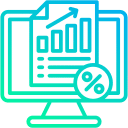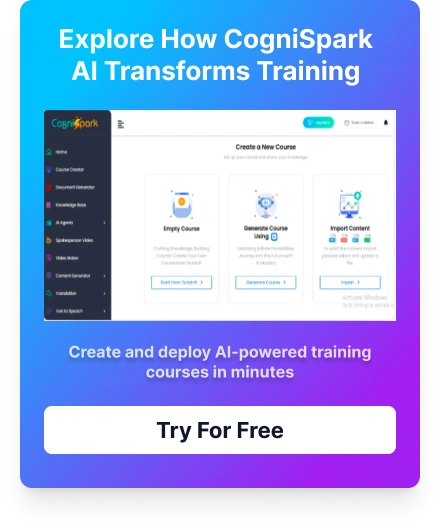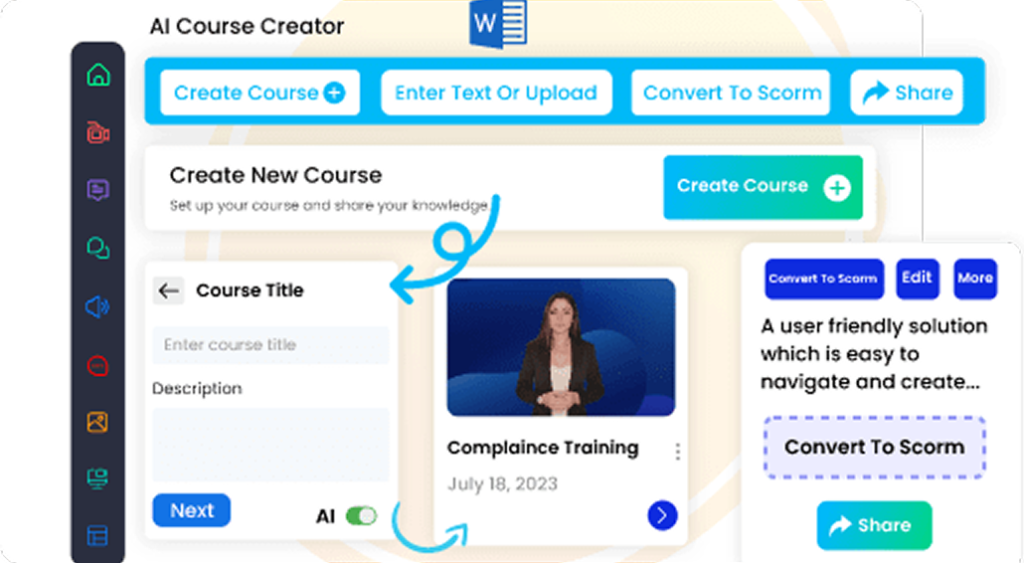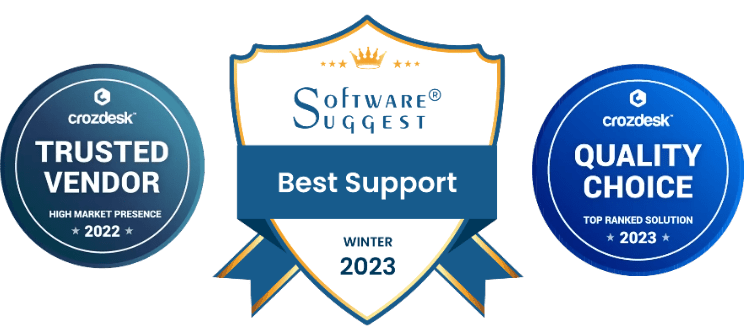How to Lead Agile Teams: A Comprehensive Guide to Agile Leadership Principles
In today’s fast-paced and competitive business landscape, adopting agile methodologies is essential for organizations seeking to foster innovation, responsiveness, and effective team collaboration. Agile Leadership Training for Managers equips leaders with the skills needed to guide their teams through rapid changes while maintaining focus and alignment. Agile leadership plays a vital role in unlocking these benefits by promoting adaptability and encouraging a culture of continuous learning. This comprehensive guide explores the core principles of agile leadership, practical strategies to implement them, and the critical role of measurement and feedback to ensure continuous improvement.
Understanding what constitutes agile leadership is key to leveraging its full potential. Unlike traditional top-down management models, agile leadership emphasizes flexibility, collaboration, and empowering teams to self-organize. As outlined in the Scrum Guide (2017), agility involves delivering value early and often, embracing change, and fostering a collaborative environment. Agile leaders act as facilitators, coaches, and visionaries, guiding teams through iterative cycles and adaptive planning.
Foundational Concepts of Agile Leadership
At its core, agile leadership is grounded in critical principles that support a responsive, innovative, and trusting team environment:
- Customer-Centricity: Prioritize delivering value to customers through iterative development cycles.
- Empowerment: Enable teams to make decisions and manage their work independently.
- Adaptability: Embrace change and foster a culture of continuous learning.
- Transparency: Maintain open communication and visibility across all levels.
- Collaboration: Encourage shared purpose and trust-building within teams.
These principles, originating from the Agile Manifesto (2001), highlight valuing individuals and interactions over rigid processes and tools, thus promoting a flexible leadership style that aligns with fast-moving environments.
Discover how our courses can align with your training goals and drive real results.
Learning Built Around Your Goals.
Schedule A DemoEssential Strategies for Agile Leadership
Implementing successful agile leadership training requires deliberate strategies that foster adaptability, transparency, and continuous growth. Here are practical approaches to advancing your leadership effectiveness:
1. Cultivate a Growth Mindset
Encourage teams to view failures as opportunities for learning, promoting experimentation and innovation. Regular retrospectives to reflect on successes and areas for improvement are vital in this approach.
2. Empower Your Teams
Trust team members with decision-making authority, provide clear objectives, and set shared goals such as OKRs to ensure clarity and purpose.
3. Foster Transparent Communication
Utilize collaboration tools, hold regular stand-up meetings, and promote openness about project status and challenges to build trust and alignment.
4. Promote Cross-Functional Collaboration
Encourage diverse teams to work together, sharing knowledge and tackling problems collaboratively. Techniques include joint workshops and knowledge-sharing sessions.
5. Adopt Agile Frameworks and Tools
Select frameworks like Scrum, Kanban, or SAFe suited to your organizational context. Use project management tools such as Jira or Trello to visualize work and track progress.
6. Encourage Flexibility and Adaptive Planning
Implement short sprints and be receptive to pivoting strategies based on feedback or changed circumstances, fostering resilience and responsiveness.
7. Measure and Improve Continuously
Track key performance indicators such as velocity and lead time, and hold regular retrospectives to refine processes and remove impediments.
Overcoming Common Leadership Challenges
Adopting agile leadership may encounter obstacles like resistance to change or scaling issues. Address resistance through clear communication, stakeholder involvement, and targeted training. For scaling agile, frameworks like SAFe or LeSS provide structured approaches for larger organizations to maintain agility across multiple teams. Consistent practice and leadership modeling are essential to overcoming these challenges.
Measuring Success and Continuous Improvement
Effective assessment of agile leadership involves both quantitative metrics and qualitative feedback:
- Team Velocity: Tracks work completed per sprint, indicating planning accuracy and team capacity.
- Employee Engagement Scores: Surveys measure motivation, commitment, and satisfaction.
- Psychological Safety Levels: Gauges team openness and trust, critical for innovation.
- Change Adoption Rate: Measures how quickly new practices are embraced across teams.
- 360-Degree Feedback: Collects anonymous insights from peers, managers, and team members on leadership behaviors.
Regular feedback collection through surveys, interviews, and observations helps leaders identify strengths and areas for development. Establishing a feedback loop ensures insights lead to actionable improvements. Quarterly reviews of metrics and team practices foster ongoing growth.
Leverage Data and Feedback for Ongoing Growth
Utilize tools and data analytics platforms to monitor key indicators and gain objective insights into your leadership effectiveness. For example, analyzing team engagement data alongside velocity trends can reveal correlations between morale and productivity, guiding targeted interventions.
Creating an environment where feedback is openly welcomed and acted upon builds a culture of continuous improvement and resilience—hallmarks of successful agile leadership.
Conclusion
Mastering agile leadership requires integrating core principles—such as flexibility, transparency, and continuous learning—into your daily practice. Employ clear strategies, measure progress thoughtfully, and remain committed to adaptation. By doing so, you will cultivate resilient, innovative, and high-performing teams that thrive amid change, driving sustainable organizational success in a dynamic marketplace.
Explore Our eLearning Course Catalog
Access 100+ fully editable, SCORM-compatible courses featuring an integrated AI Tutor and an in-built authoring tool. Seamlessly compatible with any LMS, these courses are designed to elevate your training programs.
Explore Course Catalog























